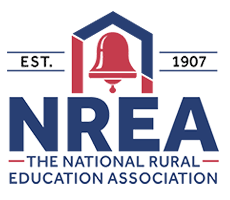Abstract
This article reports the findings of the 2011 results of ‘very rural’ Kentucky high schools on the Teaching, Empowering, Leading and Learning (TELL) Survey to determine whether differences existed between high and low performing rural schools across specific survey items. Schools with ACT scores one standard deviation (or more) above their predicted value were compared to rural high schools where students’ ACT scores were one standard deviation (or more) below their predicted value. Beale Codes of seven through nine from the United States Department of Agriculture were used to identify very rural Kentucky high schools. Very rural high schools identified as high-performing demonstrated significantly different results on survey items related to a culture of collaboration and teacher leadership than rural high schools identified as low performing. The survey suggested that in high-performing schools, the principal and teachers supported each other in their development as instructional leaders, and established communication and collaboration skills with families and community stakeholders.
Creative Commons License

This work is licensed under a Creative Commons Attribution 4.0 International License.
Recommended Citation
Musselman, M. R.,
Crittenden, M. A.,
&
Lyons, R. P.
(2014).
A Comparison of Collaborative Practice and Teacher Leadership Between Low-Performing and High-Performing Rural Kentucky High Schools.
The Rural Educator, 35(3).
https://doi.org/10.35608/ruraled.v35i3.346



